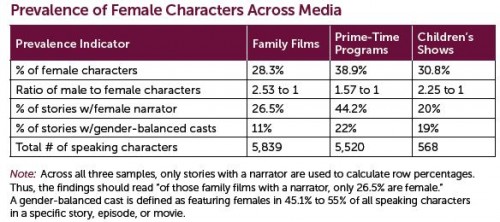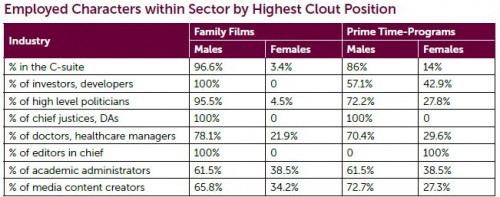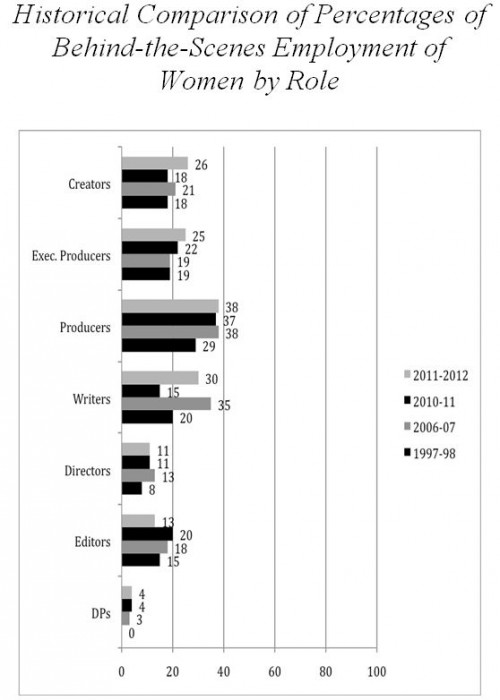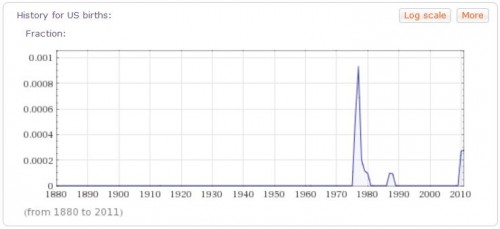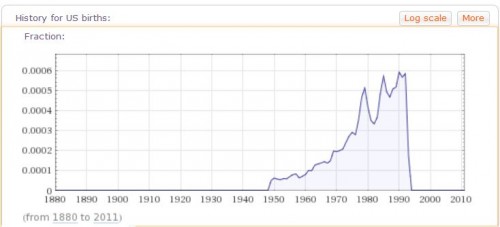Cross-posted at PolicyMic and The Huffington Post.
 We all-too-often take for granted that photographs like this one, revealing the impact of an oil pipeline leak on Mayflower, Arkansas, will be able to inform us about the state of the world. In fact, such images are taken by actual human photojournalists whose rights of access are protected by the First Amendment establishing the freedom of the press.
We all-too-often take for granted that photographs like this one, revealing the impact of an oil pipeline leak on Mayflower, Arkansas, will be able to inform us about the state of the world. In fact, such images are taken by actual human photojournalists whose rights of access are protected by the First Amendment establishing the freedom of the press.
This is a real thorn in the side of both corporations and governments that might prefer to control media’s access to embarrassing or illegal activities. So, often they try to strong arm journalists, co-opt local officials, or pass (likely illegal) legislation designed to protect them from the free press’ gaze. Here are two current examples.
First, Mother Jones reports that Exxon officials are making efforts to limit reporter access to the oil pipeline leak in Mayflower, Arkansas. This is happening in at least two ways. First, Exxon representatives and local law enforcement are blocking journalists from accessing the spill site, threatening “arrest for criminal trespass.” Second, BoingBoing reports that the Federal Aviation Administration (FAA) has instituted a temporary “no-fly zone” in the area of the spill. Here’s a screenshot from the FAA’s website:
Second, in the last two years Americans have shuddered in response to the release of undercover video revealing the abuse of animals on industrial farms and the torture of Tennessee Walking horses. These have resulted in convictions, but they’ve also raised the hackles of the agricultural industry. The New York Times reports that, in an effort to limit their risk, they’ve sponsored bills (proposed or enacted in about a dozen state legislatures) making it illegal to videotape animals on their property without their permission and requiring all prospective employees to reveal associations with animal rights groups.
These examples remind us how important it is that journalists have the freedom to do their job. They also remind us that we must vigilantly protect that freedom. Corporations, and governments too, have an incentive to limit the freedom of the press. These are powerful entities, often in cahoots, that can and will ignore the First Amendment when they can get away with it.
Lisa Wade, PhD is an Associate Professor at Tulane University. She is the author of American Hookup, a book about college sexual culture; a textbook about gender; and a forthcoming introductory text: Terrible Magnificent Sociology. You can follow her on Twitter and Instagram.




